Getting Things Done author, David Allen says, "Projects are defined as outcomes that will require more than one action step to complete and that you can mark off as finished in the next 12 months."
Really, David Allen? Everything with more than one action step is a project? That seems a bit dramatic.
But it turns out, it’s not. You might be tempted to consider something as simple as “writing this week’s blog post” as a task, rather than a project. But think of all those little steps that go into it: You pick a topic, you write a draft, someone on your team proofreads, you post it, you share it. You have to complete each and every step in the right order.
It’s a project.
And even if you still disagree, just go with me on this for now, for the sake of having clear definitions.
Processes
Comparing a project to a process isn’t like comparing apples and oranges. It’s more like comparing apples and ... fruit. Projects are completed as part of a process (and hopefully a repeatable and scalable one!).
If we take our “writing this week’s blog post” project above as an example, we would ideally be following a standardized process for how the team creates weekly blog posts. We would have already defined each of the steps that are done every time, the order in which they need to happen, and the approximate number of days needed for each step. Following the set process takes away any worry of forgetting a step or getting off-track on deadlines. You know you’ve already figured out the most efficient way to do it, and there’s no need for lots of team communication to figure out handoffs and what comes next because we’ve already decided ahead of time.
So...
A process is a framework for doing repeatable, multi-step work.
Every time you run through the steps of that process to achieve a particular outcome, you’ve completed a project.
Let’s play with this idea in a few commonplace examples:
You have a process for using your journal and cookbooks to do your weekly meal-planning and grocery shopping. This Sunday, you will use that process to complete a project called, “This week’s meal-plan and groceries.”
Your business has a process for onboarding new employees. Tomorrow, you will use that process to start a project called, “Onboard Andrea Baker.”
You have a process for packing for camping trips. Last weekend, you used that process to complete a project called, “Pack for camping in Flagstaff.”
What’s wrong with running a project without a process?
There’s nothing inherently wrong with doing a project without an overarching process. But if it’s a project you frequently do that is a core aspect of your business, you’re probably wasting precious time re-figuring-out how to do that thing each and every time. I’m willing to bet there are a lot of important things in your business you’re treating like unique projects when they really should be turned into processes. “Processified,” if you will.


